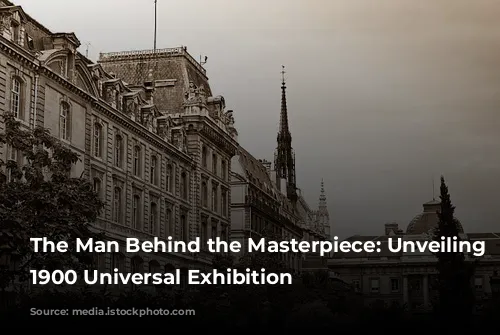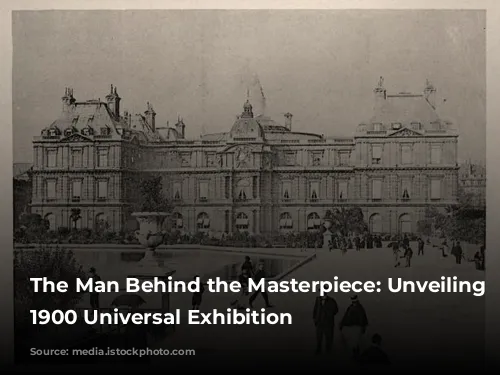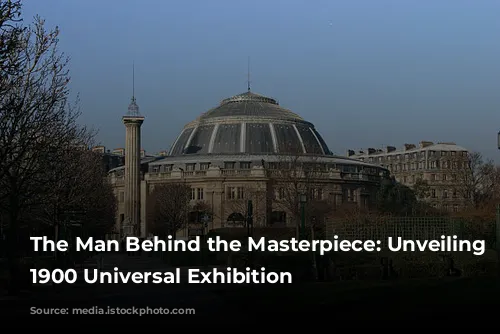Alfred Picard, a name synonymous with the 1900 Universal Exhibition, was the driving force behind this grand event. From 1892 to 1900, he dedicated himself to making the Exhibition a resounding success. The press hailed him as the most important man in France, a testament to his tireless efforts.
This section explores the monumental achievement that was the 1900 Universal Exhibition.

A Palace of Art and Innovation
The Grand Palais, the centerpiece of the Exhibition, opened to the public in a blaze of glory. The avenue leading to the palace was hailed as a symbol of the capital’s grandeur. The majestic façades and the breathtaking nave, a masterpiece of mirror making, left everyone in awe. The “Le Petit Parisien” newspaper declared, “Nothing so magnificent has been built since the Opéra!”
This section describes the grandeur of the Grand Palais and the widespread admiration it garnered.
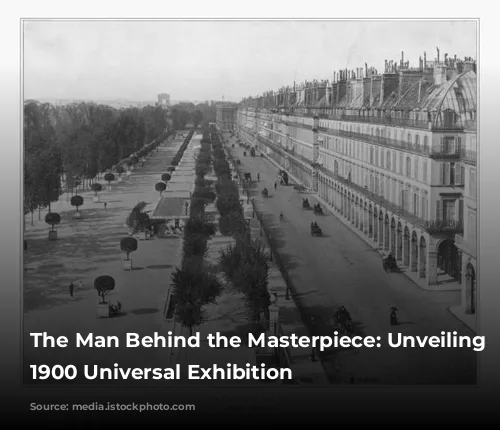
Celebrating French Artistic Prowess
The official declaration proclaimed the Grand Palais as a monument dedicated to the glory of French art. The Exhibition paid tribute to the nation’s artistic heritage, showcasing the greatest works of French art from 1800 to 1900. The Centennale, located on the Palais d’Antin side, highlighted the artistic achievements of the 19th century. In contrast, the Décennale, situated on the nave side, celebrated the artistic innovations of the last decade. Foreign artists were given their own space in the rooms overlooking the Seine.
This section focuses on the celebration of French art within the Grand Palais, highlighting the Centennale and the Décennale.
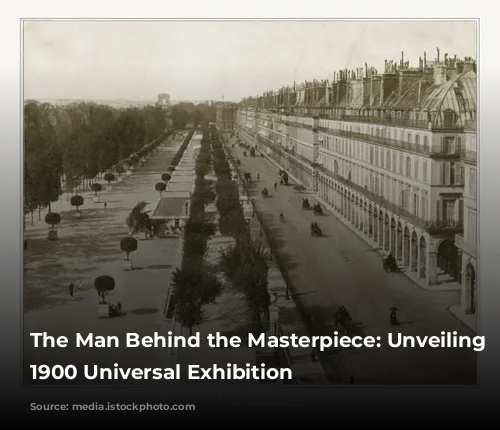
A Masterful Showcase of French Art
The Exhibition aimed to present artworks chronologically, tracing the evolution of French art from neoclassicism to impressionism. Sculptures were displayed alongside paintings from the same era, creating an immersive historical journey. This encyclopedic approach was highly favoured during that period, allowing visitors to appreciate the vast and diverse talent of French artists.
This section delves into the organization and presentation of the artwork within the Grand Palais, focusing on the chronological display and the emphasis on showcasing a comprehensive history of French art.
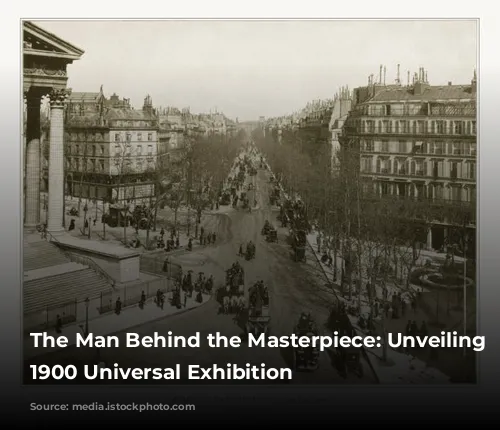
A Monumental Collection of Artistic Masterpieces
The sheer number of artworks on display was overwhelming. The Centennale boasted 3,066 pieces, the Décennale showcased 3,336 works, and the foreign sections featured 4,967 pieces. The press encouraged visitors to revisit the Exhibition multiple times to fully absorb the vastness of the collection. The Palais des Beaux-Arts, with its immense collection of beautiful objects, captivated the public, leaving them awestruck by its sheer magnificence.
This section focuses on the sheer scale of the artwork collection at the Grand Palais, highlighting the immense quantity and diversity of pieces showcased.
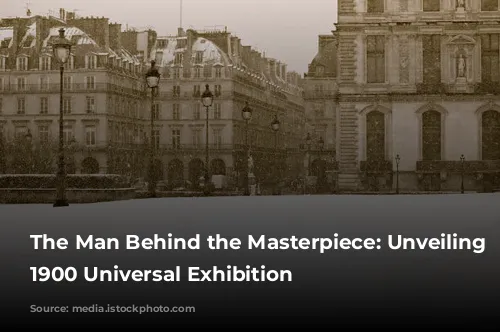
Impressionism Gains Recognition at Last
The Centennale solidified the image of French art on the global stage. It provided long-overlooked artists with the recognition they deserved, notably the Impressionists, who had faced rejection in the past. The Exhibition included the works of Claude Monet, Armand Guillemin, Albert Lebourg, Camille Pissarro, and Auguste Renoir, alongside deceased members of the group such as Alfred Sisley, Frédéric Bazille, Eugène Boudin, and Berthe Morisot.
This section highlights the recognition given to the Impressionist movement at the Exhibition, particularly for previously ignored artists.
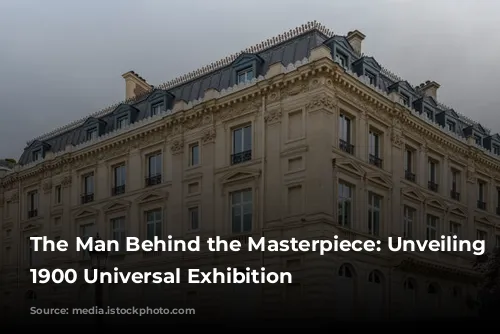
A Symbol of Parisian Majesty: The Quadriga
The quadriga, four magnificent horses leaping into the Parisian sky, served as a powerful symbol of the Exhibition. Their grace and dynamism, despite their twelve-tonne weight, seemed to defy gravity as they soared 30 meters above the ground. They represented the spirit of innovation and grandeur that permeated the event.
This section focuses on the impressive quadriga sculptures, highlighting their symbolic significance and the majestic presence they commanded.
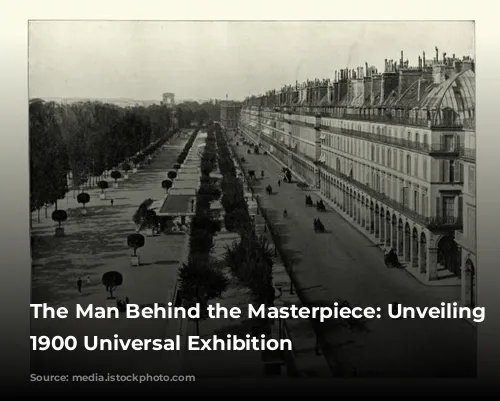
A Legacy of Artistic Grandeur
The 1900 Universal Exhibition stands as a testament to the artistic brilliance and innovative spirit of France. The Grand Palais, a symbol of architectural grandeur, continues to inspire awe and wonder. The Exhibition not only celebrated French art but also brought recognition to artists who had previously been marginalized, solidifying the nation’s position on the international artistic stage.
This section summarizes the impact of the 1900 Universal Exhibition, emphasizing its lasting legacy and highlighting the lasting significance of the Grand Palais.

